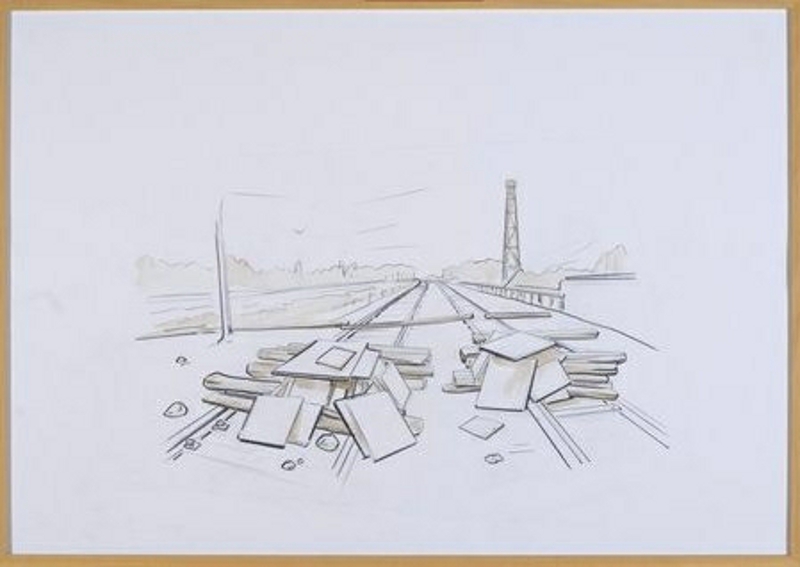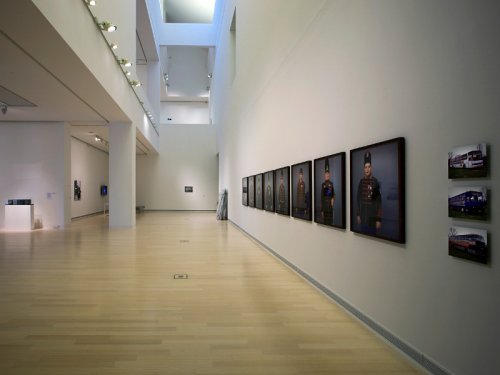One of the central and most conspicuous characteristics of Pál Gerber’s work seems to be his constant reliance on ambivalence, or better to say, a set of recurring ambivalancies. The ways in which the ambivalent appear in Gerber’s work have been described, among others, as irony, melancholy, absurdity, banality, or allegory for that matter; and on a different register as bad painting, DIY art, playfulness, and memory. No matter how much and how often the artist himself has expressed his resentment vis-à-vis the application of these categories for his work and how little they are capable of grasping the complexity of his manifold artistic activity, they may prove to be instrumental in an endeavour of understanding the unique quality of Gerber’s work. The source of one such momentum lies decidedly in the importance of textual elements, and specifically titles which are meant to describe or denote the content of the images in an oblique manner. In Gerber’s case, there is a level of meaning to be taken literally even if this literal meaning does not have a descriptive relationship with what the image denotes. In this picture’s case art – whether in the form of books or pictures -- is seen as something powerful enough to stop a train. It is then the viewer’s task to decide what the train might stand for, thus turning the work into an ironic, melancholic, absurd or banal picture. (Katalin Timár)

